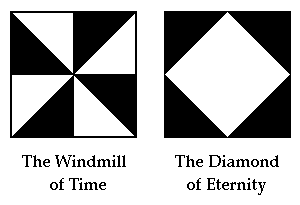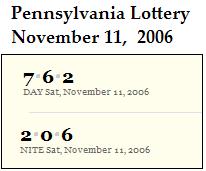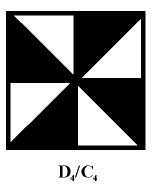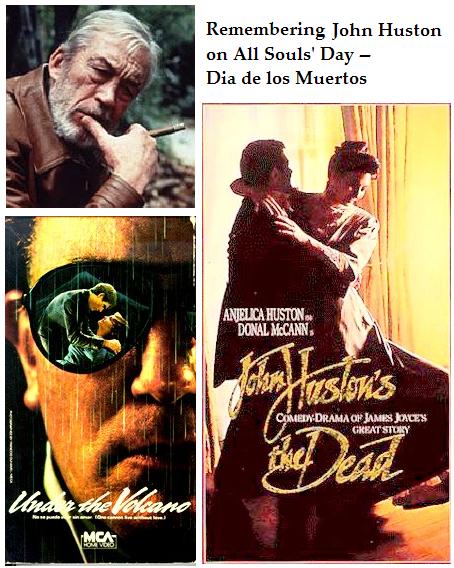The reformation of the church in the 16th century brought changes to the Christmas markets. Nikolaus was replaced by the Christkindl (Christchild) as the gift giver and the Nikolaus markets became Christkindl markets. This custom began in the Protestant areas of Bavaria with Nuremberg being the first city to call its market Christkindlesmarkt. Munich, a Catholic city, changed its Nikolausdult to Christkindlmarkt in 1805.”
— Background for Christkindl Market in Kitchener, Ontario
This will also serve as background for today’s New York Times story on Chicago’s Christkindlmarkt:
“The Christkindl, the Christmas Fairy, is a cherished highlight during the Holiday Tree Lighting. The Christmas Fairy proclaims the opening of Christkindlmarket Chicago.”
Also from the official Chicago Christkindl website:
On the “Christkindl,” the Christmas Fairy & our sister-market visit
|
In its English version, the Nuremberg website calls the alleged “Christmas Fairy” an angel:
“The Nuremberg Christmas Angel with her white and golden dress, long blond curls and her golden crown, has been the symbol for the Christmas Market for many decades. During Advent time, the Christmas Angel is the most important representative of the city and of the traditional Christmas Market.
Every year, on the Friday before the first Advent Sunday, the Nuremberg Christmas Angel opens the Nuremberg Christmas Market by reciting a solemn prologue.”
The German version of the Nuremberg site calls the Christmas Angel the Christkind (Christ Child). This confusion of the Christ Child with a supernatural bringer of gifts– hence, later, an angel, and, in Chicago, a fairy– is said to have originated with Martin Luther.
From a Radio Deutsche Welle website–
The making of a myth
The Christkind was originally introduced in the 16th century by religious reformer Martin Luther. Until then, it was always Saint Nicholas who brought gifts on Dec. 6. But as Protestants can’t have saints, Luther needed a new Christmas tradition for his followers. “Luther wanted to move the gift-giving away from the Catholic holiday on Dec. 6,” said Nuremberg tourism manager Michael Weber. “So he reinvented the tradition for Protestants by moving it to Christmas Eve and making the Christkind— really, the baby Jesus– the person who brought the gifts.”
It was under the rule of the National Socialists that the image of today’s Christkind was ultimately anchored in the collective German mind. They built on Nuremberg’s tradition of producing tinsel angels, and in 1933, had a young girl in an angel costume open the city’s Christmas Market for the first time. After the second World War, Nuremberg’s tinsel angels became simply the Nuremberg Christkind, and the figures were sold nation-wide.
Here is the banner for the Nuremberg site:
The banner reads:
“Nuremberg Christkindlesmarkt–
Where the Christ Child
is at home“

Maybe.









































